Old Town Sopron
Rick Steves Budapest
Budapest (locals say BOO-daw-pesht) is a unique metropolis at the heart of a unique nation. Here youll find experiences like nothing else in Europe: Feel your stress ebb away as you soak in hundred-degree water, surrounded by opulent Baroque domes...and by Speedo- and bikini-clad Hungarians. Ogle some of Europes most richly decorated interiors, which echo a proud little nations bygone glory days. Perk up your ears with a first-rate performance at one of the worlds top opera housesat bargain prices. Ponder the regions bleak communist era as you stroll amid giant Soviet-style statues designed to evoke fear and obedience. Try to wrap your head around Hungarys colorful history...and your tongue around its notoriously difficult language. Dive into a bowl of goulash, the famous paprika-flavored peasant soup with a kick. Go for an after-dinner stroll along the Danube, immersed in a grand city thats bathed in floodlights.
Budapest excites good travelers...and exasperates bad ones. I love this city for its flaws as much as for its persistent personality. As a tour guide, for years Ive introduced travelers to Budapest: walked them step-by-step through the byzantine entry procedure at the thermal baths; handed them a glass of local wine with an unpronounceable name and an unforgettable flavor; and taught them to greet their new Hungarian friends with a robust, J napot kvnok! Ive watched them struggle to understandand gradually succumb to the charms ofthis fascinating but beguiling place. And Ive taken careful notes. This book represents the lessons Ive learned, organized to help you experience Budapest with the wisdom of a return visitor.
Use this legend to help you navigate the maps in this book.
Rick Steves Budapest is a personal tour guide in your pocket. Better yet, its actually two tour guides in your pocket: The co-author of this book is Cameron Hewitt, who writes and edits guidebooks for my travel company, Rick Steves Europe. Inspired by Hungarys epic past, charming people, and delightfully spicy cuisine, Cameron has spent more than a decade closely tracking the exciting changes in this part of the world. Together, Cameron and I keep this book up-to-date and accurate (though, for simplicity, from this point on we will shed our respective egos and become I).
In this book, youll find the following chapters:
Hungary offers an introduction to this mesmerizing land, including a crash course in its notoriously difficult language.
Orientation to Budapest includes specifics on public transportation, helpful hints, local tour options, easy-to-read maps, and tourist information. The Planning Your Time section suggests a day-to-day schedule for how to best use your limited time.
Sights in Budapest describes the top attractions and includes their cost and hours.
The Thermal Baths chapter offers step-by-step instructions for enjoying Budapests quintessential activity like a local.
The Self-Guided Walks and Tours cover Budapests Leopold Town (the banking and business district), Pest Town Center (the down-and-dirty downtown urban zone), Andrssy t (the main boulevard, lined with fine architecture and great sightseeing), Heroes Square and City Park (the citys playground, including a Whos Who lesson in Hungarian history), and Castle Hill (the citys historic center). The tours lead you through three of Budapests most compelling sights: the House of Terror Museum, the Great Synagogue and Jewish Quarter, and Memento Park.
Sleeping in Budapest describes my favorite hotels, from good-value deals to cushy splurges.
Key to This Book
Updates
This book is updated regularlybut things change. For the latest, visit www.ricksteves.com/update.
Abbreviations and Times
I use the following symbols and abbreviations in this book:
Sights are rated:
| Dont miss |
| Try hard to see |
| Worthwhile if you can make it |
| No rating | Worth knowing about |
Tourist information offices are abbreviated as TI, and bathrooms are WCs. To categorize accommodations, I use a Sleep Code (described on ).
Like Hungary, this book uses the 24-hour clock. Its the same through 12:00 noon, then keeps going: 13:00, 14:00, and so on. For anything over 12, subtract 12 and add p.m. (14:00 is 2:00 p.m.).
When giving opening times, I include both peak season and off-season hours if they differ. So, if a museum is listed as May-Oct daily 9:00-16:00, it should be open from 9 a.m. until 4 p.m. from the first day of May until the last day of October (but expect exceptions).
If you see a  in a sight listing, it means that the sight is described in far greater detail elsewhereeither with its own self-guided tour, or as part of a self-guided walk.
in a sight listing, it means that the sight is described in far greater detail elsewhereeither with its own self-guided tour, or as part of a self-guided walk.
For transit or tour departures, I first list the frequency, then the duration. So, a train connection listed as 2/hour, 1.5 hours departs twice each hour, and the journey lasts an hour and a half.
Eating in Budapest outlines one of Hungarys top attractionsits delicious cuisineand serves up a range of options, from inexpensive take-out joints to fancy restaurants.

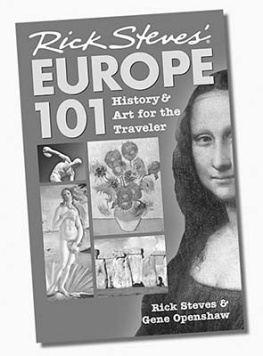
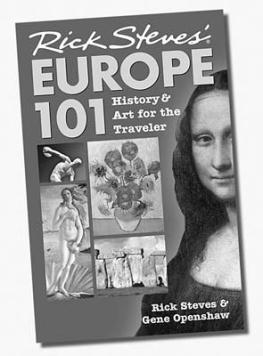
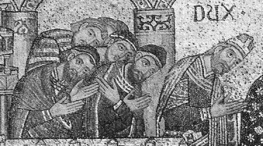
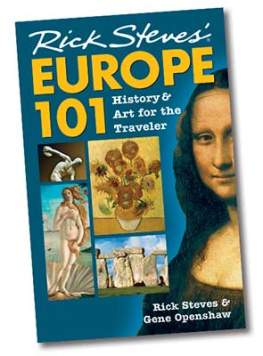
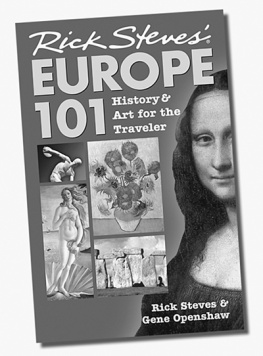

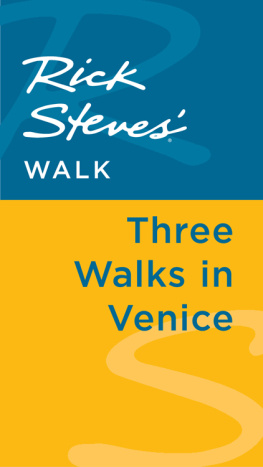
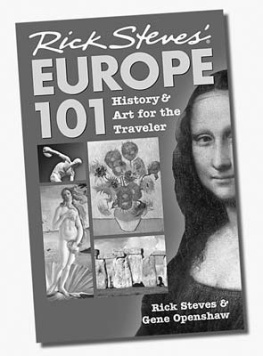

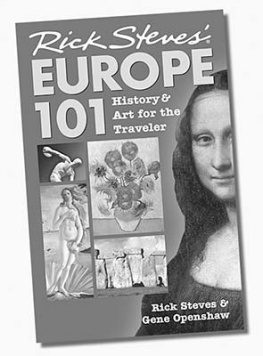

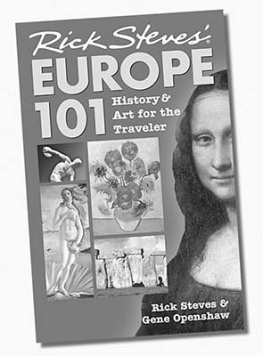
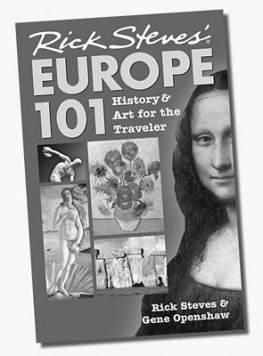
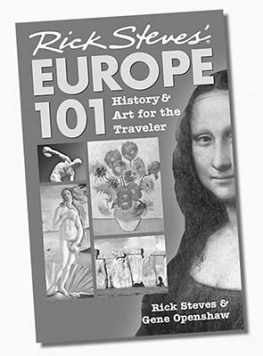

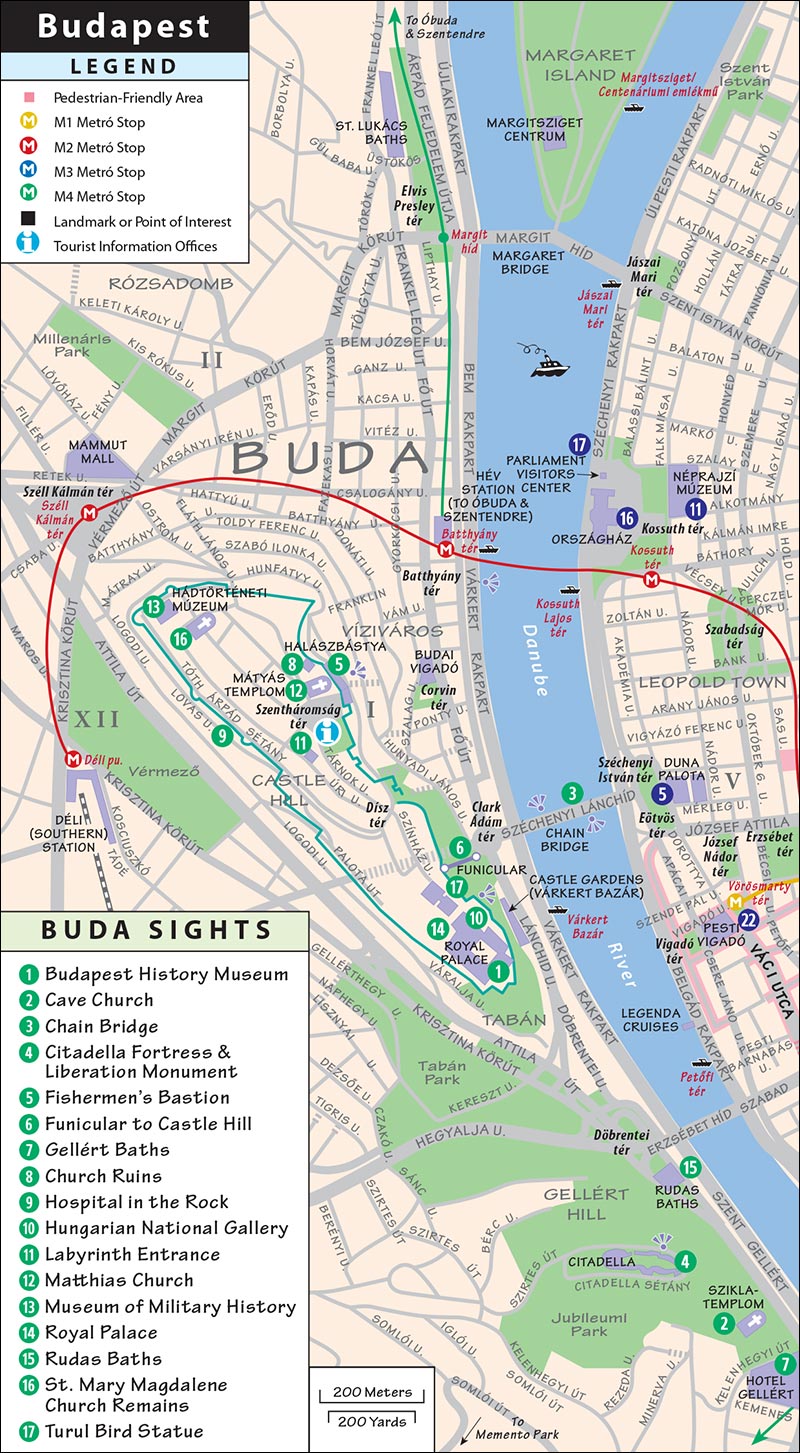
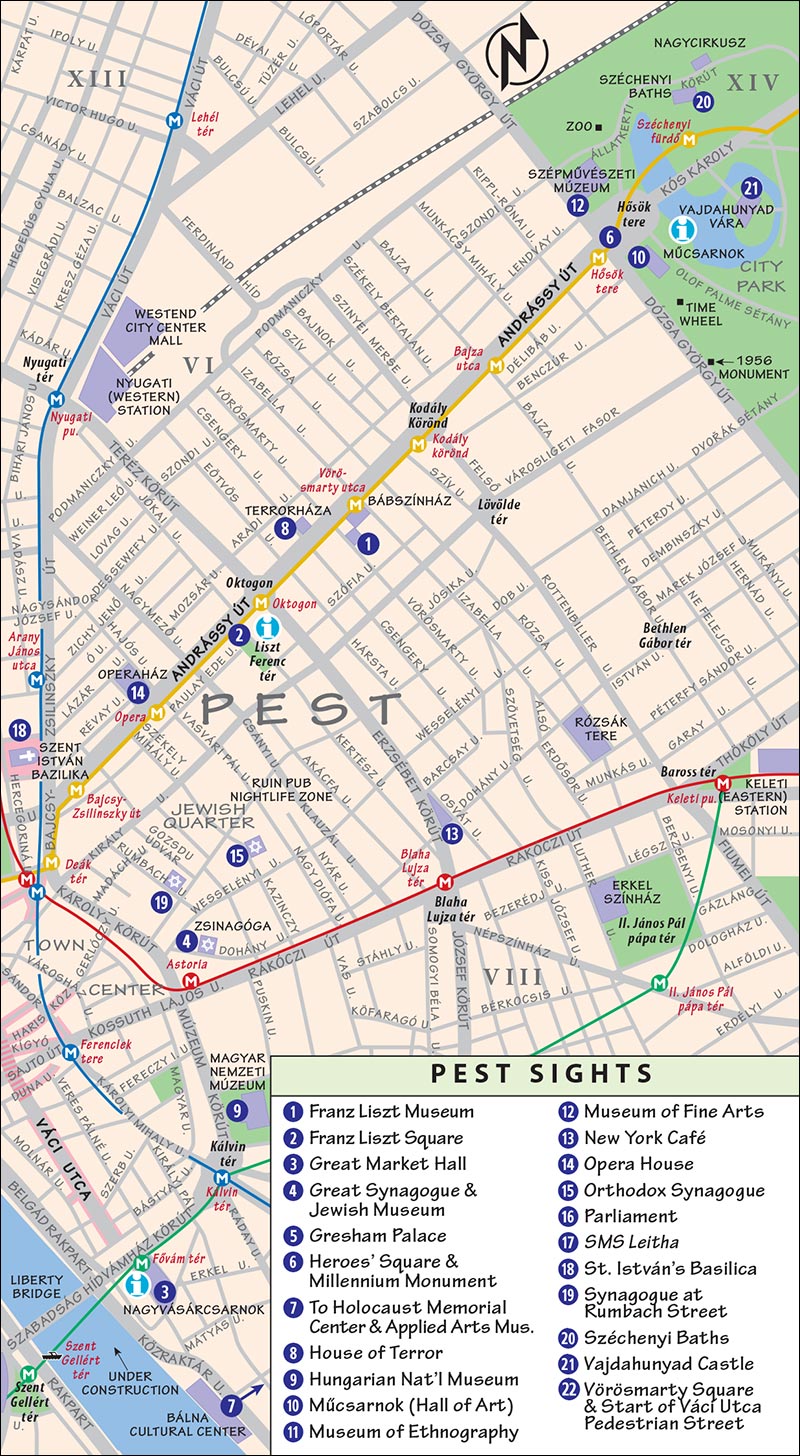
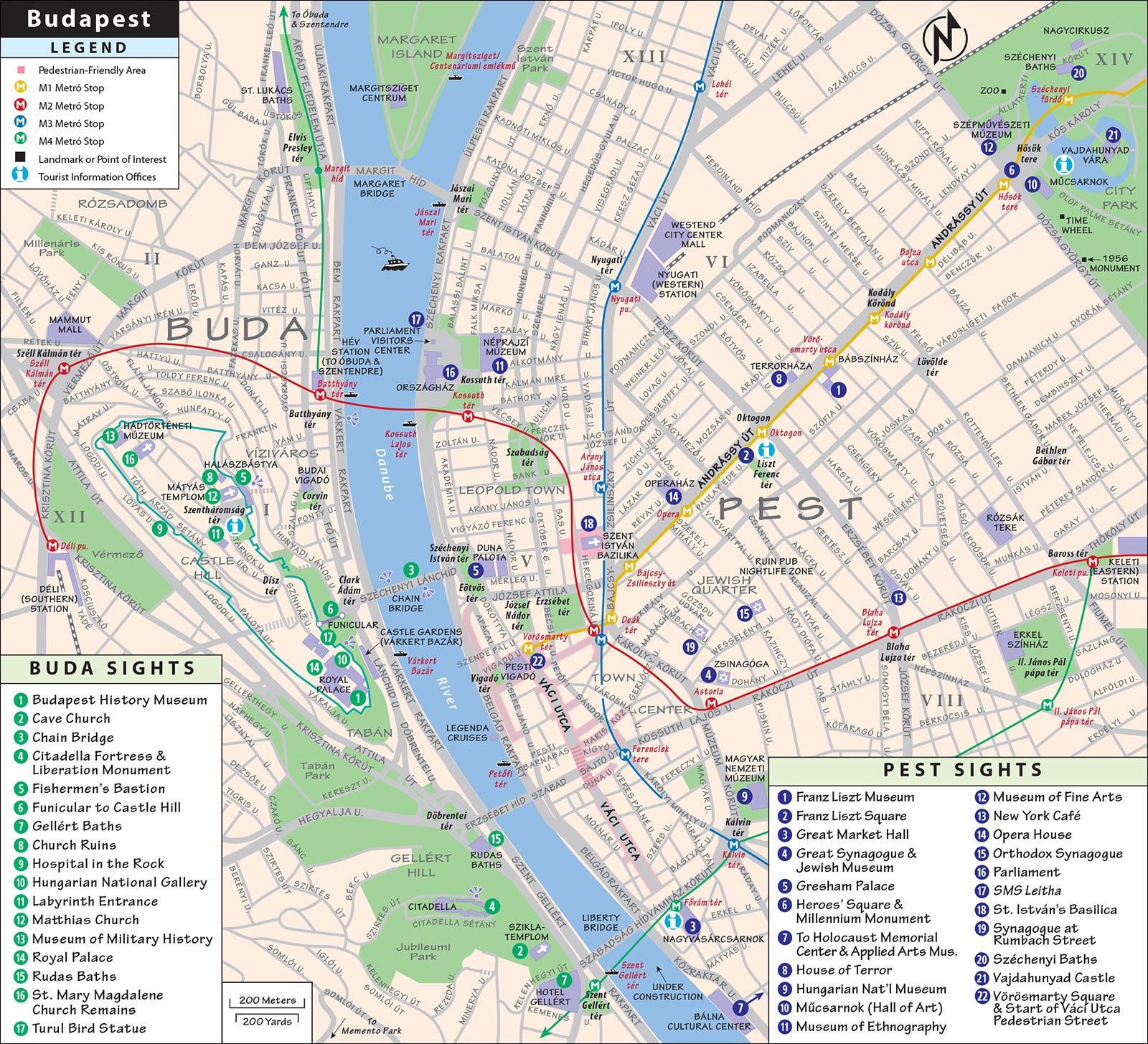
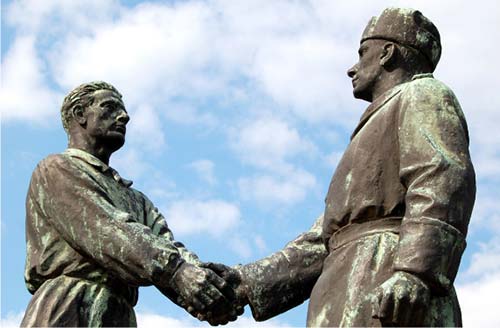
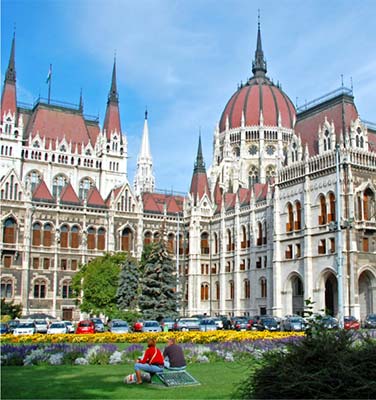
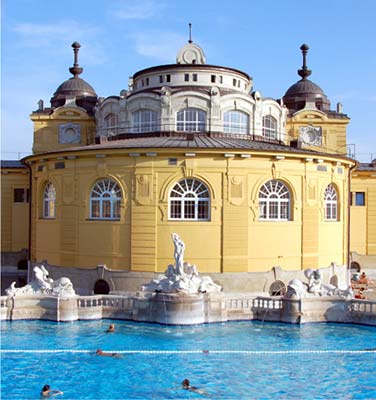



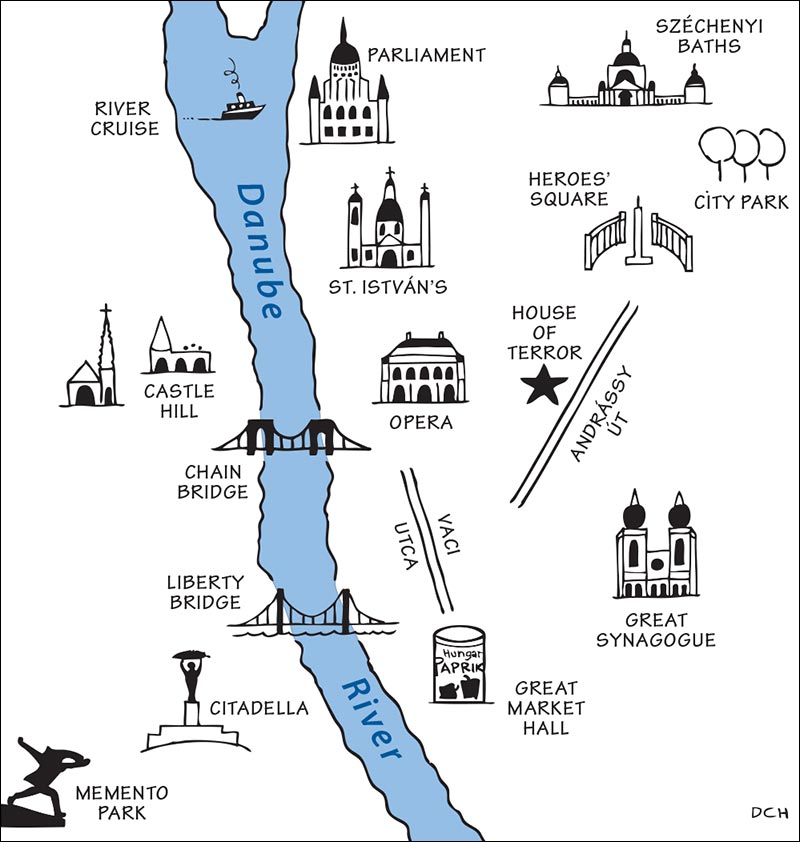
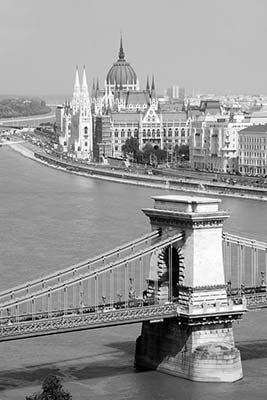
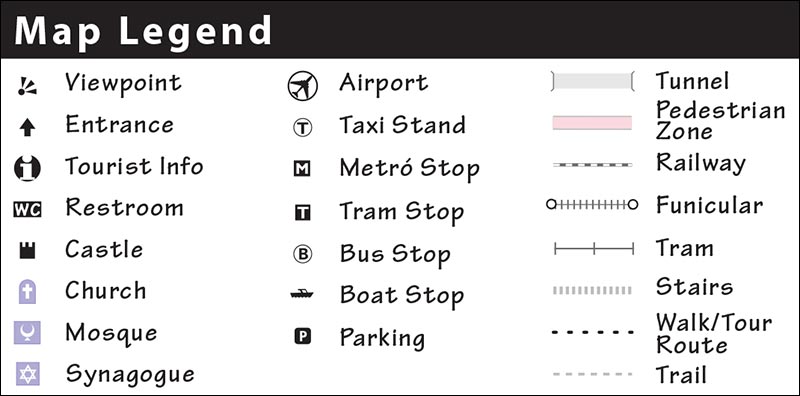
 in a sight listing, it means that the sight is described in far greater detail elsewhereeither with its own self-guided tour, or as part of a self-guided walk.
in a sight listing, it means that the sight is described in far greater detail elsewhereeither with its own self-guided tour, or as part of a self-guided walk.